
Comrade Hoang Quoc Khanh, Provincial Party Secretary, visited and learned about the yin-yang tile production facility in Bac Son commune.
Originating from the village - where culture is awakened
As a land of more than 30 ethnic groups, Lang Son has long possessed a rich and unique cultural treasure. Tay, Nung, Dao, Hoa, San Chay… not only contribute to the spiritual identity of Lang but are also a “soft gold mine” that helps the locality develop tourism in a unique direction.
Since the beginning of 2025, the province has implemented Project 6 under the National Target Program to preserve and promote the fine traditional cultural values of ethnic minorities associated with tourism development. This is an important shift in thinking: from passive conservation to conservation associated with exploitation and development.
According to the Department of Culture, Sports and Tourism, in just the first 9 months of the year, a series of activities have been implemented: purchasing 20 sets of equipment for village cultural houses; supporting 4 folk artisans and excellent artisans; supporting the activities of 60 traditional art troupes; organizing 3 classes to teach intangible culture; establishing 3 folk culture clubs and supporting 8 community bookcases. These activities are "breathing warmth" into the grassroots cultural life - where traditional values exist most persistently.
In particular, Bac Son Valley has just been honored as the " World's Best Tourist Village in 2025", opening up a golden opportunity for community tourism to develop strongly.

Bac Son Valley honored as the world's best tourist village in 2025
Preservation is not just for preservation, but for development.
Instead of just preserving traditional cultural assets, Lang Son is implementing a new method: combining conservation with tourism exploitation. Three traditional cultural villages - Thach Khuyen stone village (Xuat Le), Lan Chau village (Huu Lien) and Quynh Son (Bac Quynh) - are invested as pilot models. Here, the living space, architecture and ancient customs are preserved intact, while opening the door for tourists to experience local life.
Along with that, the project to restore the Bac Son Uprising Relic Site is being accelerated. When completed, the project will be both a “red address” for traditional education and an important highlight in the province’s cultural and historical tourism route.
Along with infrastructure, the human factor is given special attention. Classes teaching then, sli, luong; policies supporting artisans and traditional art troupes not only help preserve heritage, but also motivate the younger generation to continue the cultural tradition.
In Bac Son, Ba Son, Huu Kien…, many households have known how to make homestays preserving the ancient stilt house architecture; introducing traditional dishes; organizing folk song and dance performances; leading visitors to explore the village. Culture becomes a livelihood, people become the subject – a prerequisite for sustainable development of community tourism.

Thach Khuyen stone village, typical architecture of traditional houses of Tay and Nung ethnic groups in Lang Son
When villages become destinations – heritage revives in life
Values that seemed to be fading away – from the Tay Then melody, Tinh lute, Nung flute to the Long Tong festival, Sli singing – are now restored in a vibrant tourist space. Visitors can not only “listen and see” but also “touch and live” with the indigenous culture: making yin-yang tiles with their own hands in Quynh Son, planting rice in the Bac Son valley, and learning Then singing with artisans.
The ripple effect is obvious: tourists have more experiences, locals have more income, and the village becomes more vibrant. Each festival season, each folk song performance becomes a “common property” that the community preserves with pride.
Cultural-tourism linkage: Long-term direction for sustainable development
In terms of management, the province is building a close link between conservation and development. Each cultural project is linked to tourism goals; each tourism product aims to exploit indigenous values.
Three pillars are identified: Developing community tourism associated with preserving ancient villages; Building cultural and agricultural experience tours in the highlands; Developing unique tourism products from folk songs, cuisine, costumes, and folk arts.
This is a direction that fits the trend of experiential tourism, when tourists are increasingly looking for authenticity and uniqueness.
However, challenges still exist: limited resources, unsynchronized infrastructure, and a lack of professional tourism staff. For culture to truly “nurture” tourism, Lang Son needs to strengthen business links; train human resources; and encourage the community to participate in promoting and building products.
Culture – the wings that lift Lang Son tourism high
Ethnic minority culture is not only a memory of the past but also a material for Lang Son to draw the future. When cultural villages are revived, artisans are honored, sli-luon dances are performed in the tourist space, cultural values are no longer in museums but come alive in everyday life.
Project 6 is creating a foundation for Lang Son to position itself on the map of sustainable tourism. Every beat of the festival drum, every sound of the then, every lighted stilt house welcoming guests today carries the belief that when the village wakes up, Lang Son tourism will take off with the wings of its own national culture.
Source: https://baovanhoa.vn/du-lich/lang-son-danh-thuc-di-san-vung-cao-khi-sli-luon-then-tro-thanh-dong-luc-cho-du-lich-ben-vung-181526.html




![[Photo] Prime Minister Pham Minh Chinh meets with representatives of outstanding teachers](https://vphoto.vietnam.vn/thumb/1200x675/vietnam/resource/IMAGE/2025/11/15/1763215934276_dsc-0578-jpg.webp)
![[Photo] Panorama of the 2025 Community Action Awards Final Round](https://vphoto.vietnam.vn/thumb/1200x675/vietnam/resource/IMAGE/2025/11/15/1763206932975_chi-7868-jpg.webp)
![[Photo] General Secretary To Lam receives Vice President of Luxshare-ICT Group (China)](https://vphoto.vietnam.vn/thumb/1200x675/vietnam/resource/IMAGE/2025/11/15/1763211137119_a1-bnd-7809-8939-jpg.webp)



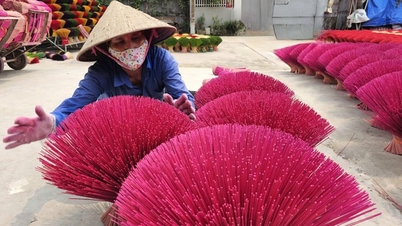





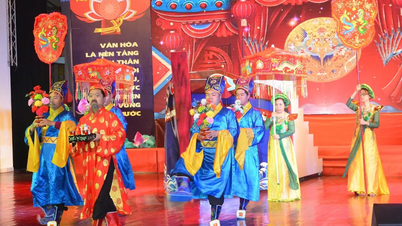







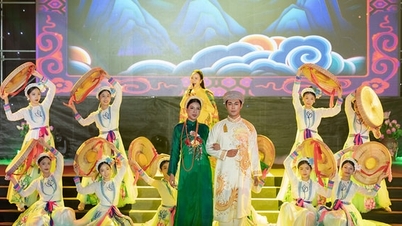



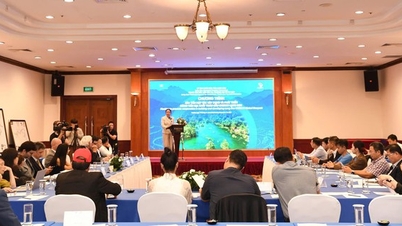






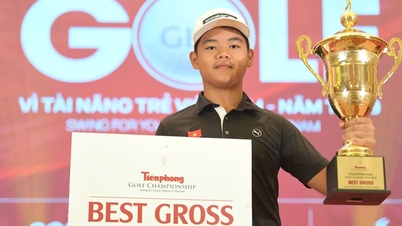
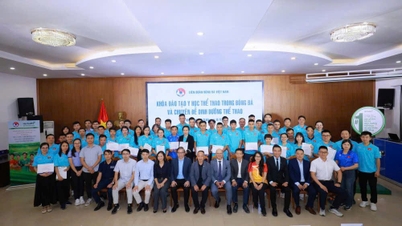
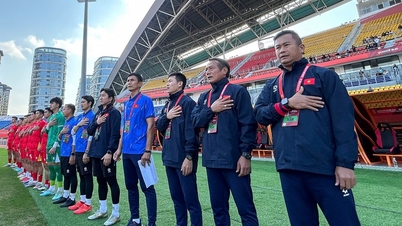
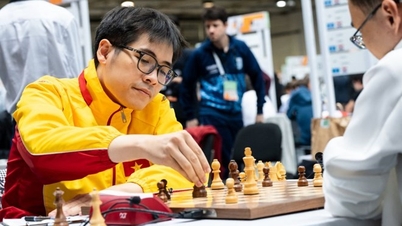
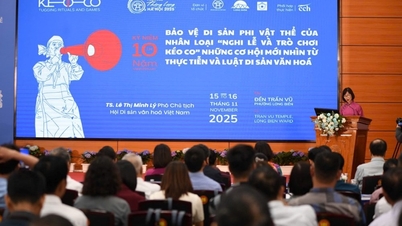
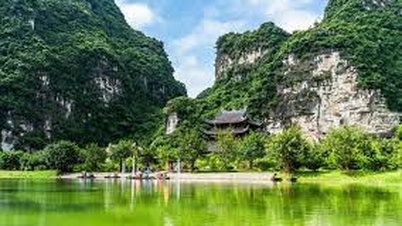
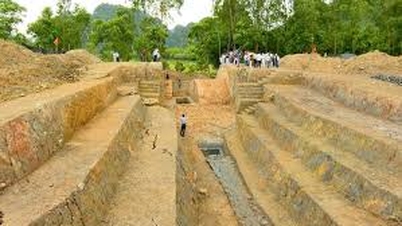

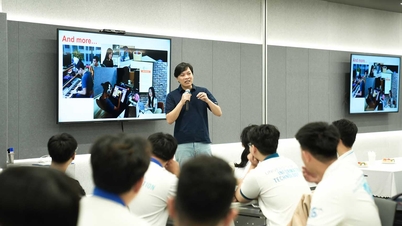




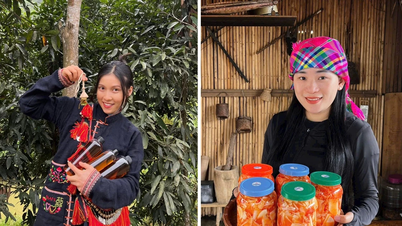
























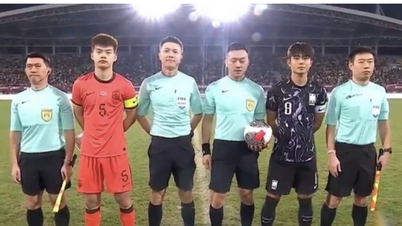

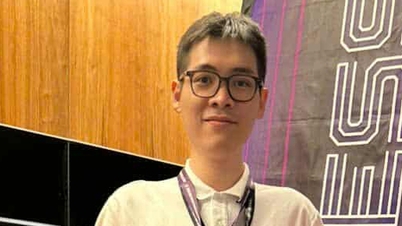


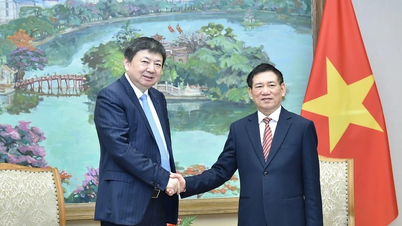


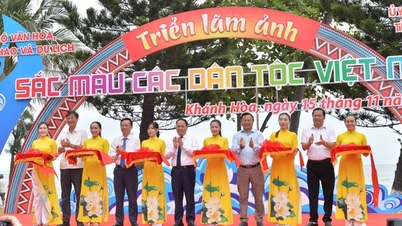


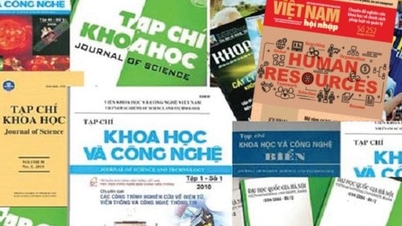

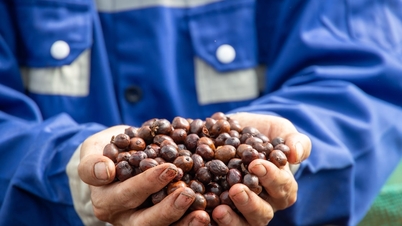





















Comment (0)